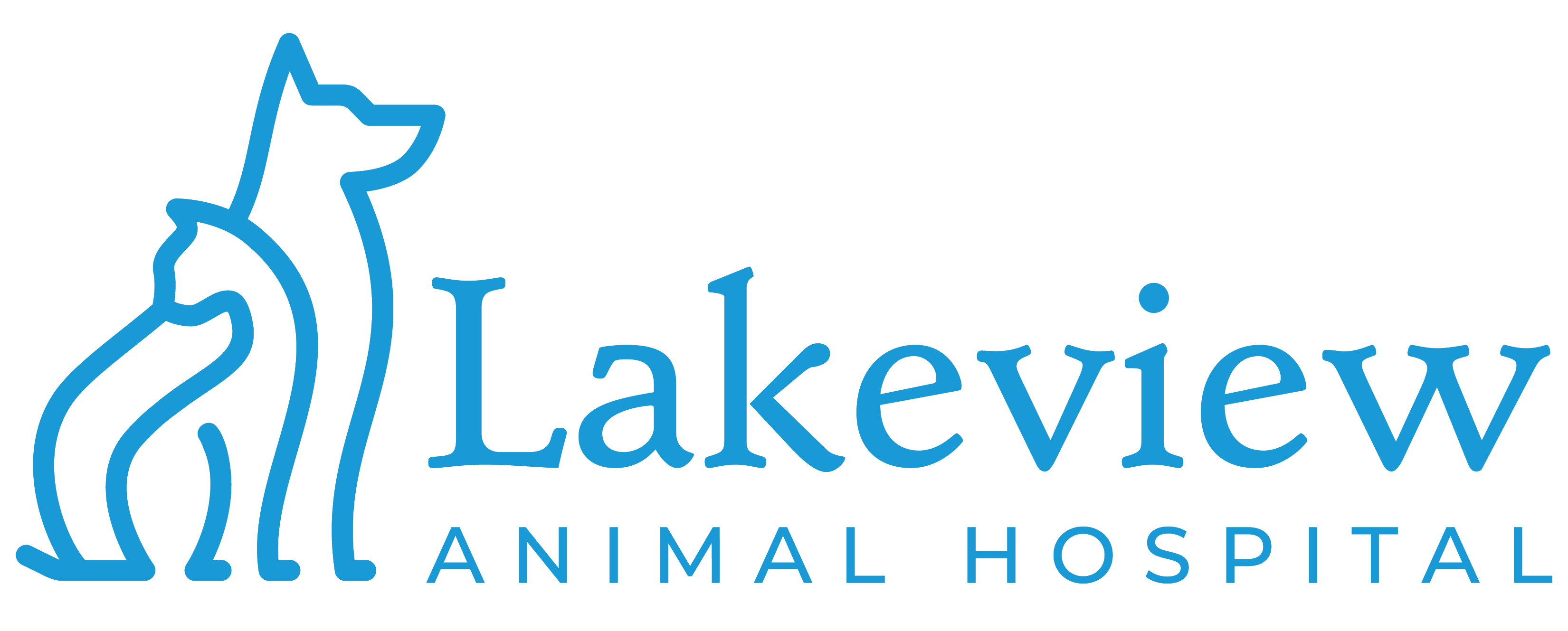Educational Articles
-
This handout discusses the risks and benefits of feeding a home-prepared versus commercial diet to your cat or dog. Topics highlighted include food safety, nutritional imbalances, and the need to ensure that any home-prepared diet has been well researched for nutritional safety and completeness.
-
Cats are obligate carnivores and cannot be vegetarian. Through evolution, cats have become dependent on the specific forms of nutrients found only in animal tissue. Feeding your cat a proper diet is one of the most important aspects to help keep them at optimal health. It is important to keep in mind that the nutritional requirements and dietary preferences change over the course of the cat's lifetime. Your veterinary health care team can help you make good-quality diet choices and determine the correct number of calories your cat needs in a day.
-
In North America, obesity is the most common preventable disease in cats and is one of the most common overall. Almost 60% of domestic cats are overweight. Scientific evidence now reveals that fat tissue is biologically active; it secretes inflammatory hormones and creates oxidative stress on the body's tissues, both of which contribute to many diseases and a decreased quality of life. Treating obesity as a chronic, low-level inflammatory condition is the new approach.
-
Spaying is the common term used to describe the surgical procedure known scientifically as an ovariohysterectomy. In this procedure, the ovaries and uterus are removed completely in order to sterilize a female cat.
-
Obesity is the most common problem in cats in North America and leads to an increased risk of diabetes mellitus, heart disease, and several types of cancer. Extra body fat causes increased inflammation associated with osteoarthritis. Reducing inflammation and pain can help an overweight cat to regain activity, which in turn can lead to more appropriate weight loss. Obesity can be prevented or reversed when cat owners are aware of calorie intake, body condition, and improving movement or activity.
-
Obesity is a common problem in cats. It results from too many calories being eaten and not enough calories being burned. Extra body fat causes increased inflammation in the body, worsening osteoarthritis and joint disease. To prevent your cat from becoming obese, speak to your veterinarian about your cat’s calorie needs and an appropriate food for your cat's life stage. Increasing your cat's daily activity can help prevent or reverse obesity. Be aware of your cat's body condition and keep track of her weight.
-
As all cat owners know, cats are NOT small dogs! And when it comes to pain and pain management, this is certainly true. Fortunately for cats and the people who love them, veterinarians have made excellent progress in understanding cat pain and how to manage it.
-
House paint, art paint, varnishes and other decorative or protective solvents come in many varieties, and most are dangerous to dogs and cats. Water-based paints, the most common, include latex, tempera, and poster paints.
-
Palliative care and hospice have become an important part of end-of-life care in human medicine, and they’re becoming more important and common in veterinary medicine.
-
Palliative medicine is care that is delivered as a cat approaches the end of life. The first step in creating a palliative care plan is to discuss with your veterinarian the expected course of the disease and how it will affect your cat's quality of life. Once a cat's daily life activities have been identified, it is important to define family beliefs, family needs as care unfolds, and the goals for the cat as death approaches. An essential part of establishing goals of palliative therapy is understanding the expected course of the life-limiting disease. Knowledge about disease allows for the development of a personalized palliative care plan.

